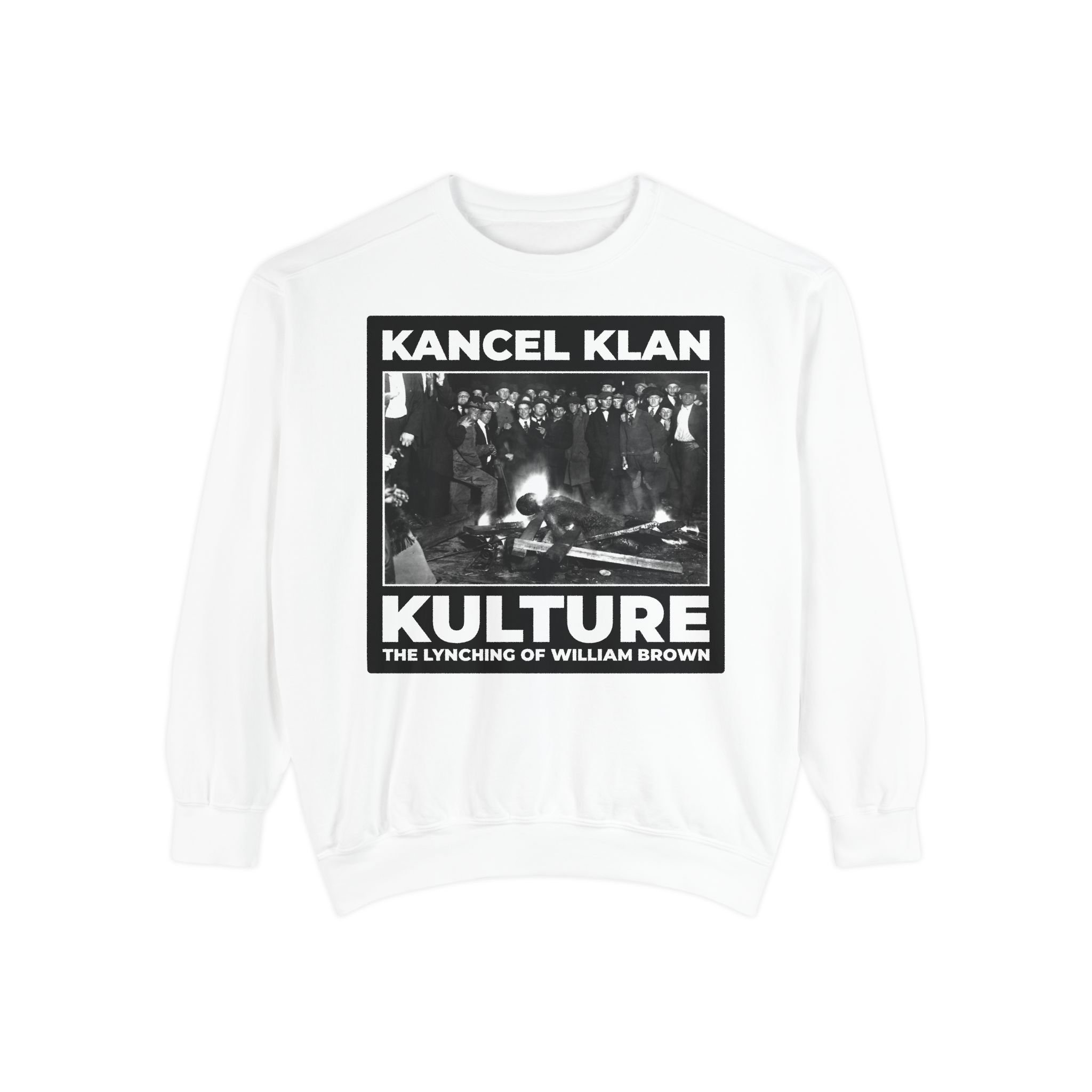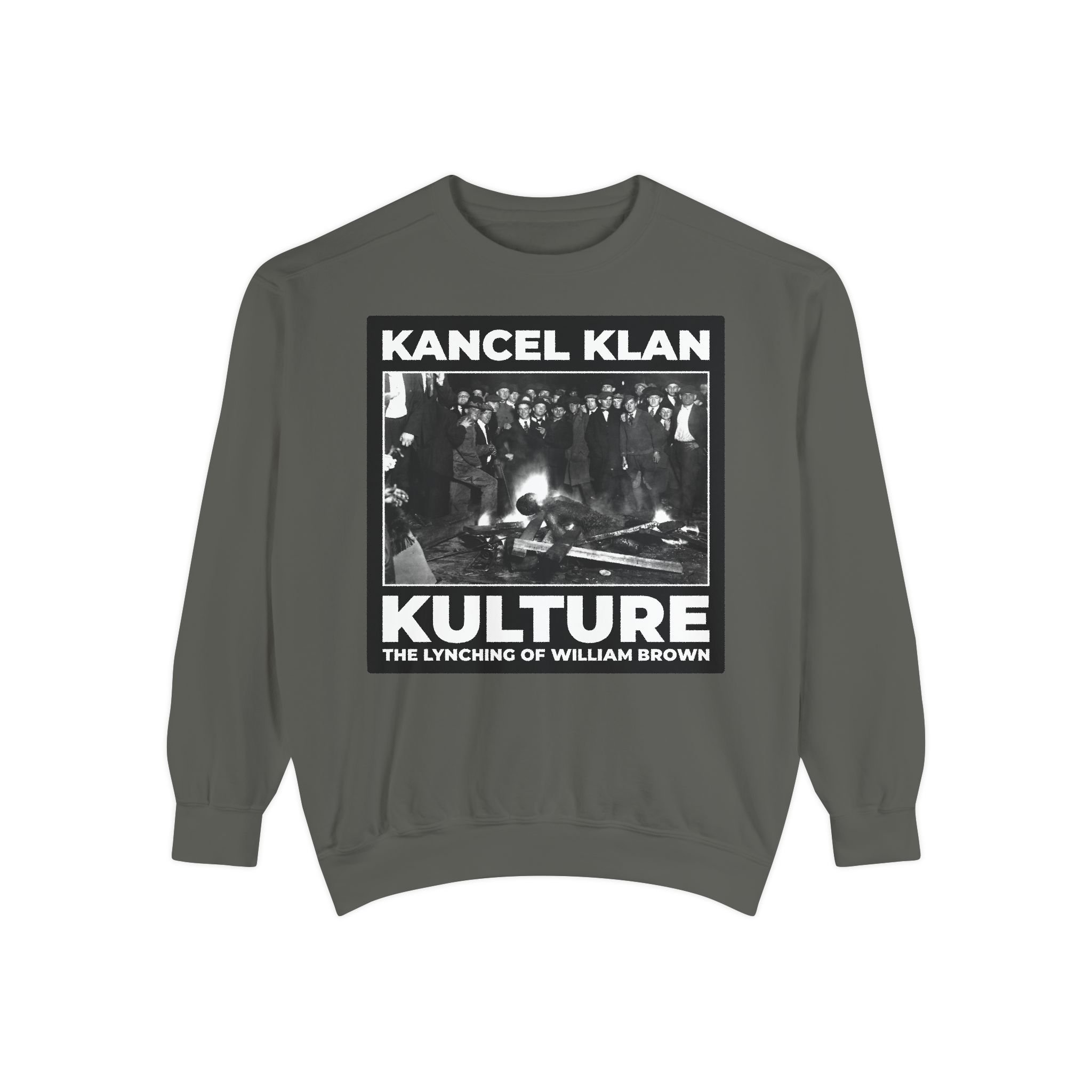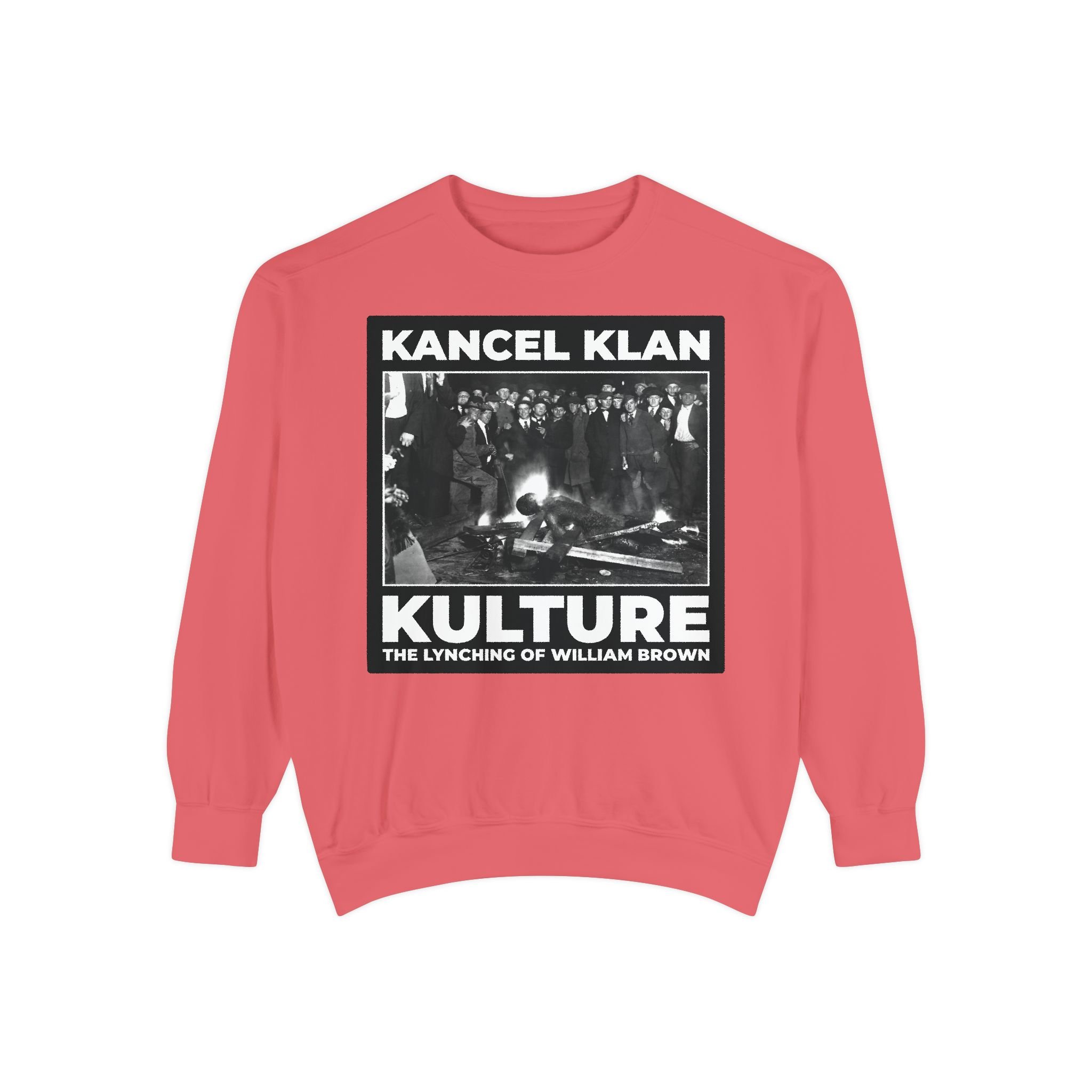The Lynching of William Brown
The Lynching of William Brown occurred on September 28, 1919, in Omaha, Nebraska. It is one of the darkest events of racial violence in American history, highlighting the pervasive racism and lawlessness of the time.
William Brown, a 40-year-old Black man with physical disabilities due to rheumatism, was accused of assaulting a young white woman, Agnes Loebeck. There was no clear evidence against Brown, but his arrest fueled racial tensions in Omaha, which had already been strained by unemployment, housing issues, and anti-Black sentiment.
•The accusations led to a mob forming outside the Douglas County Courthouse, where Brown was being held.
•Over 4,000 people gathered, demanding Brown’s release to exact vigilante justice.
•The mob began rioting, setting the courthouse on fire and clashing with police and National Guard troops.
•They used dynamite and forced their way into the building.
•The mob seized William Brown from his jail cell.
•He was beaten, dragged outside, and hanged from a lamppost.
•Afterward, his body was riddled with bullets and burned while members of the mob posed for photographs with his corpse.
•Omaha was placed under martial law, and federal troops were deployed to restore order.
•Despite photographic evidence and the participation of thousands, no one was held accountable for Brown’s murder.
•The lynching became a symbol of the broader racial violence during the Red Summer of 1919, a period marked by widespread racial riots and lynchings across the United States.
The lynching of William Brown is a stark reminder of the injustices faced by Black Americans and the systemic failures to protect their rights and lives during that era.
The Lynching of William Brown occurred on September 28, 1919, in Omaha, Nebraska. It is one of the darkest events of racial violence in American history, highlighting the pervasive racism and lawlessness of the time.
William Brown, a 40-year-old Black man with physical disabilities due to rheumatism, was accused of assaulting a young white woman, Agnes Loebeck. There was no clear evidence against Brown, but his arrest fueled racial tensions in Omaha, which had already been strained by unemployment, housing issues, and anti-Black sentiment.
•The accusations led to a mob forming outside the Douglas County Courthouse, where Brown was being held.
•Over 4,000 people gathered, demanding Brown’s release to exact vigilante justice.
•The mob began rioting, setting the courthouse on fire and clashing with police and National Guard troops.
•They used dynamite and forced their way into the building.
•The mob seized William Brown from his jail cell.
•He was beaten, dragged outside, and hanged from a lamppost.
•Afterward, his body was riddled with bullets and burned while members of the mob posed for photographs with his corpse.
•Omaha was placed under martial law, and federal troops were deployed to restore order.
•Despite photographic evidence and the participation of thousands, no one was held accountable for Brown’s murder.
•The lynching became a symbol of the broader racial violence during the Red Summer of 1919, a period marked by widespread racial riots and lynchings across the United States.
The lynching of William Brown is a stark reminder of the injustices faced by Black Americans and the systemic failures to protect their rights and lives during that era.
The Lynching of William Brown occurred on September 28, 1919, in Omaha, Nebraska. It is one of the darkest events of racial violence in American history, highlighting the pervasive racism and lawlessness of the time.
William Brown, a 40-year-old Black man with physical disabilities due to rheumatism, was accused of assaulting a young white woman, Agnes Loebeck. There was no clear evidence against Brown, but his arrest fueled racial tensions in Omaha, which had already been strained by unemployment, housing issues, and anti-Black sentiment.
•The accusations led to a mob forming outside the Douglas County Courthouse, where Brown was being held.
•Over 4,000 people gathered, demanding Brown’s release to exact vigilante justice.
•The mob began rioting, setting the courthouse on fire and clashing with police and National Guard troops.
•They used dynamite and forced their way into the building.
•The mob seized William Brown from his jail cell.
•He was beaten, dragged outside, and hanged from a lamppost.
•Afterward, his body was riddled with bullets and burned while members of the mob posed for photographs with his corpse.
•Omaha was placed under martial law, and federal troops were deployed to restore order.
•Despite photographic evidence and the participation of thousands, no one was held accountable for Brown’s murder.
•The lynching became a symbol of the broader racial violence during the Red Summer of 1919, a period marked by widespread racial riots and lynchings across the United States.
The lynching of William Brown is a stark reminder of the injustices faced by Black Americans and the systemic failures to protect their rights and lives during that era.
































































